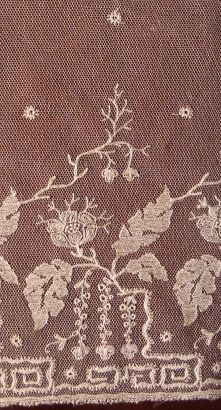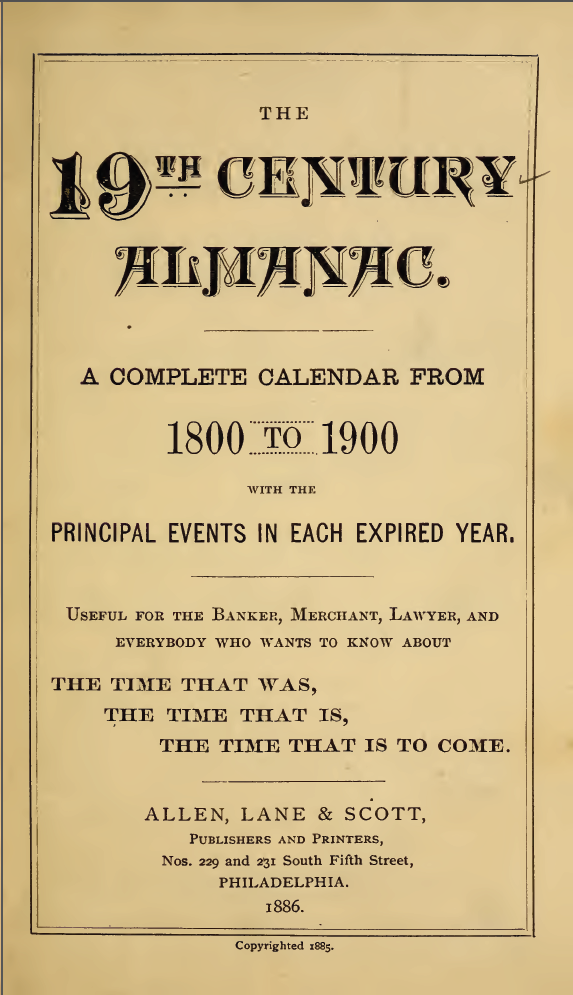As I wrote scenes set in Cleveland in 1857, I imagined my characters on the last weekend of November gathering to celebrate the Thanksgiving Home Festival. A quick bit of research informed me this holiday has been a time-honored American tradition since October 3, 1789, when George Washington proclaimed: “a day of public thanksgiving and prayer to be observed by acknowledging with grateful hearts the many signal favors of Almighty God especially by affording them an opportunity peaceably to establish a form of government for their safety and happiness.”
Already, I felt led astray. Didn’t Thanksgiving begin in 1621, in the Plymouth Colony? Images flashed through my head — tall black Pilgrim hats, white collars, buckled shoes, Native Americans toting in a freshly killed deer for many days of community feasting.
My daydream came to a crashing halt as I pictured this Thanksgiving theme in the mid-19th century. In 1857, the Senecas and Wyandots had just been forcibly cleared out of the State of Ohio five years prior, in 1852. Among Ohioans of that day, would the Pilgrim Thanksgiving as we know it really be celebrated? Surely not.
On a search for the true story, I looked for 19th century newspaper articles about Thanksgiving. In the mid-nineteenth century, it seems, the Thanksgiving “Home Festival” was touted as a day of prayer and praise. Not one word about Pilgrims and Native Americans sitting at table. The States had still not agreed on the day.*
And so I asked myself: Is the First Pilgrim Thanksgiving a hoax? If so, it continues to be perpetuated. A quick glance at current classroom curriculum shows the First Pilgrim Thanksgiving still going strong in children’s classrooms.
What do the Native Americans say? At this web site, The Real Thanksgiving, Dr. Daniel N. Paul gives a First Nations account of the gathering. According to this version, the natives were seen by the Pilgrims as uninvited guests. Especially poignant is the apology by Clarence Standish IV that comes at the beginning of this history.
In addition to his status as a descendant of the original Myles Standish, Clarence Standish’s words (at The Real Thanksgiving) hold extra weight because, it would seem, the source of our fantasy Pilgrim Thanksgiving is found in the novel Standish of Standish (1889) by Jane G. Austin, a run-away bestseller in its day. The book Thanksgiving: the biography of an American holiday by James W. Baker states Standish of Standish went through twenty-eight reprintings between 1889 and 1912, thereby cementing this version in the American imagination. Baker notes:
In Standish of Standish, Austin presents a fictionalized, sentimental account of the “First Thanksgiving” centered on an “outdoor” feast … In the Nov. 1897 issue of Ladies Home Journal, Clifford Howard drew heavily on Austin’s fictional account.
Before the Civil War, Thanksgiving was not even considered a harvest festival, so much as a winter one. Again, I quote from James W. Baker’s Thanksgiving:
The old New England holiday … had also been the Puritan stand-in for Christmas (a holiday they rejected as noncanonical and pagan), an early winter time for feasting and pious hope before the long dreary months of cold and privation to follow.
Is there a bright side in any of this? I vote for education. At the National Museum of the American Indian web site, under education, curriculum is offered for, among other things “American Indian Perspectives on Thanksgiving.”
*See my earlier post on Thanksgiving here. In that post, I referred to Thanksgiving as an “innocuous” holiday. I was wrong.





















